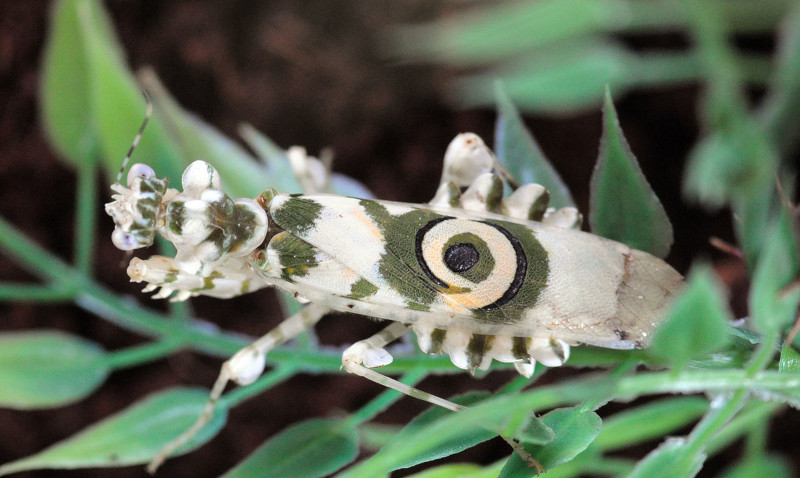
Spiny Flower Mantis Facts
- As is easy to see, the descriptive term of the Spiny Flower Mantis forms the generally accepted common name of a most unusual species of mantis. Its much less pronounceable scientific name remains that of the Pseudocreobotra wahlbergii.
- But, regardless of which term one employs to refer to this magnificent creature, it remains a truly impressive variety of invertebrate. In addition, although all mantises are masters of camouflage, this species takes that to another level.
- Distinctly, mature adults of the species, along with their adaptive coloring, actually possess numerous spines. These distinctive appendages appear like a tree branch, thus serving as the source of the common name, along their sides.
- Further, newborn nymphs of the creature actually look nothing like a mantis at all. In point of fact, these closely resemble small, black ants. Quite fortunately, for the moment, its population in the wild appears to be stable and sufficient.
- This holds true throughout its natural range. The IUCN therefore has no listing for the Spiny Flower Mantis. But, it should be considered to be at potential risk, at the least. This holds true due to the ongoing effects of habit loss and climate change.
Related Articles

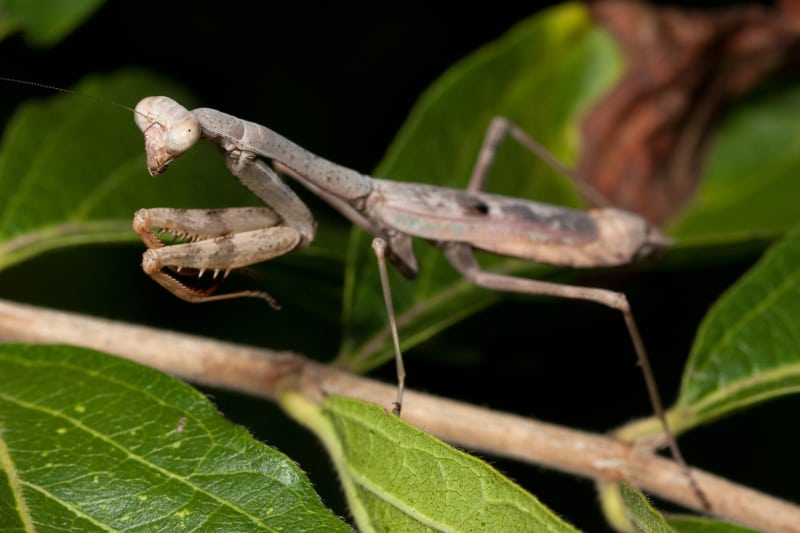
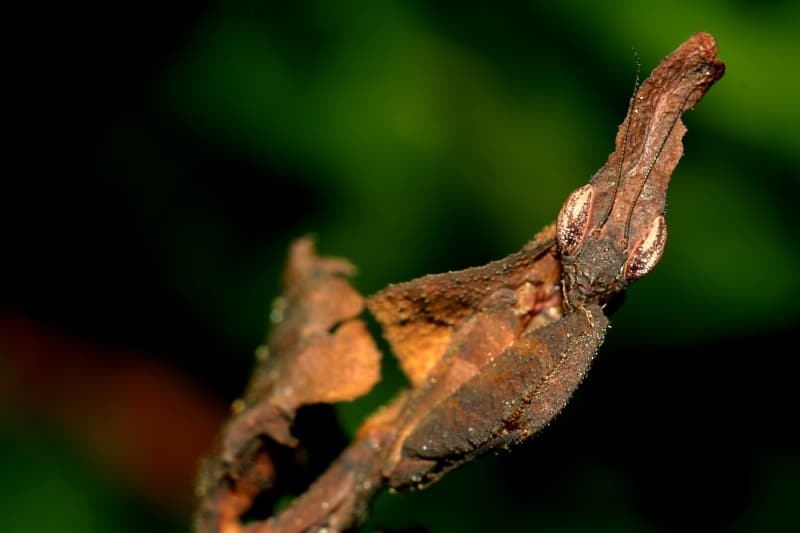
Ghost Mantis
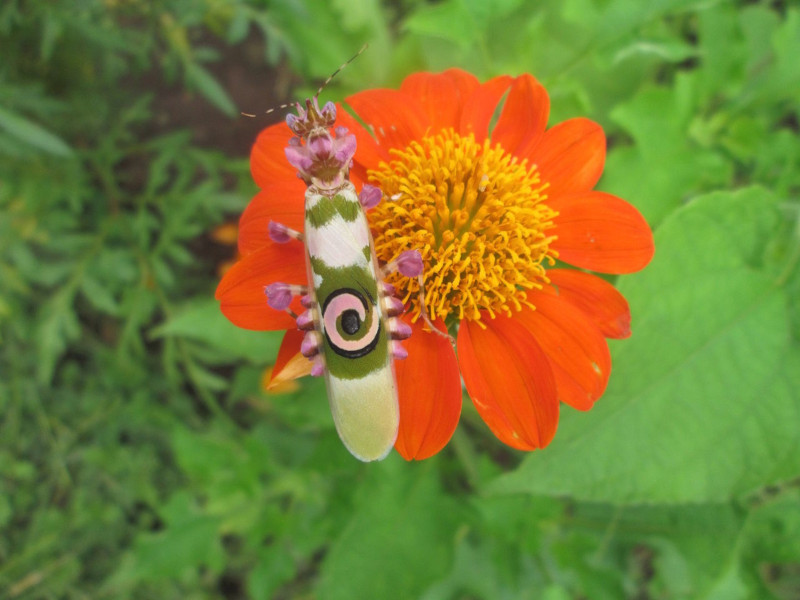
Spiny Flower Mantis Physical Description
Quite notably, the Spiny Flower Mantis does impress those who encounter it. Yet, the invertebrate doesn’t do so based on sheer physical size. That’s because this tiny insect, although truly quite remarkable in other ways, ranks as smaller than many related species.
But, while it may not share their size, it does share one trait in common with its relatives. That’s the unmistakable fact that it does obviously display the physiological characteristic of sexual dimorphism. In its case, this trait does not simply manifest itself in terms of size.
Both genders of the arthropod attain an average adult size measuring about 1.5 in (3.8 cm) in total length. Further, the coloring, though quite variable, usually includes a green background. Nonetheless, it can present other shades, such as pink, red, and yellow.
But, it also presents a prominent eye spot on the forewing. This shows black, green, and cream. The gender-based differences in the Spiny Flower Mantis also manifests in terms of the spines it has. Only females of the species display the spines for which it remains known.
- Kingdom: Animalia
- Phylum: Arthropoda
- Class: Insecta
- Order: Mantodea
- Family: Hymenopodidae
- Genus: Pseudocreobotra
- Species: P. wahlbergi
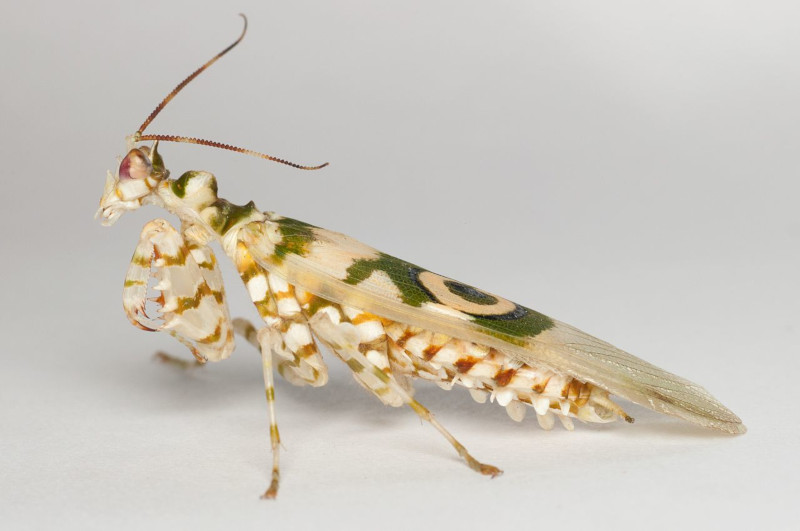
Spiny Flower Mantis Distribution, Habitat, and Ecology
Quite fortunately for it, the supremely astonishing Spiny Flower Mantis evolved as native to a comparatively broad section of the world. In point of fact, to the surprise of some people, it evolved as endemic to the great majority of the continent of Africa.
More specifically, though, the native range of the insect consists of the region best known as sub-Saharan Africa. Further, within that already extensive area, this highly resourceful arthropod inhabits a great many different types of environment.
These areas of habitation nevertheless all have one thing in common. That’s the fact that the amazing species requires relatively high humidity levels. As a result, within its overall territory, it inhabits almost any area with sufficient humidity.
But, the beautiful Spiny Flower Mantis does show a highly marked preference for areas with extremely abundant foliage, including a large number of flowering plants. This type of region also quite frequently includes areas of jungle.
It further prefers such habitats because the conditions provide both concealment and abundant prey. Like all mantises, this particular arthropod evolved as a predatory carnivore. Its preferred prey consists of various flying insects, and spiders.
Nonetheless, if these remain unavailable, it will consume virtually any insect it can catch. Finally, again like others of its kind, this marvel of Nature displays cannibalistic tendencies after mating. This remains one of the most amazing traits of all mantises.
Species Sharing Its Range

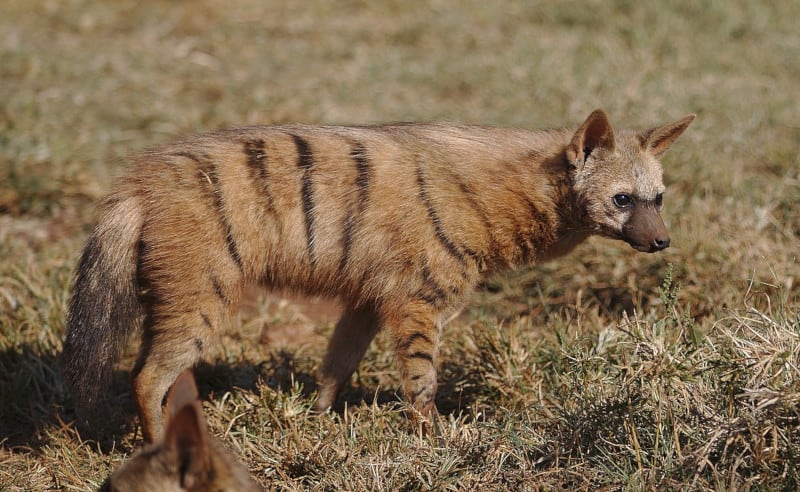

Check out our other articles on 8 Incredible Asian Mammals, Barndoor Skate, Blood Falls, Regal Birdflower, Pallid Bat, Le Morne Brabant, Flatback Sea Turtle, Velvet Belly lanternshark









Leave a Reply